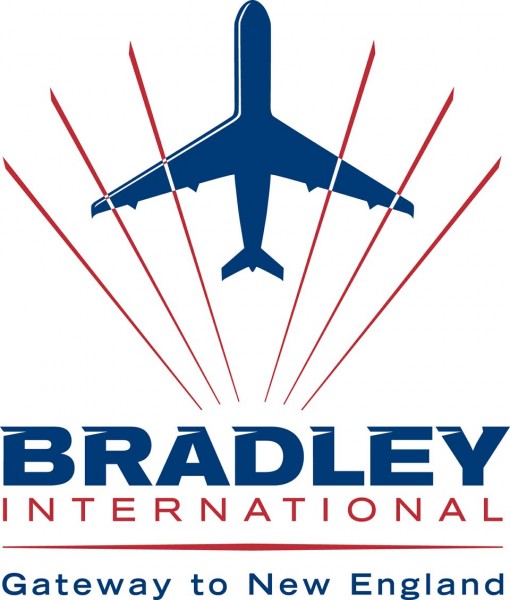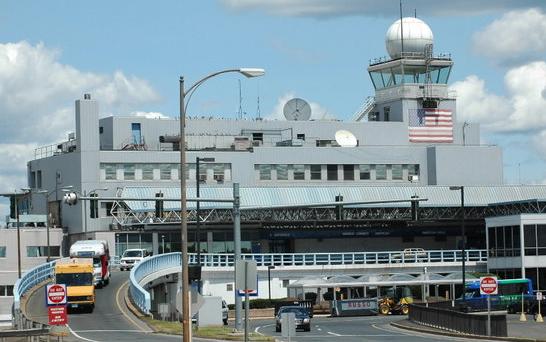Passenger Traffic Gaining Altitude At Bradley - Gradually
/
Flying high? Well, sort of. Bradley International Airport reports an increase of 1 percent in passenger counts for 2013, including four consecutive months of growth at the end of the year.
The Connecticut Airport Authority assumed oversight of Bradley in July from the state Department of Transportation. That effectuating Gov. Malloy’s proposal, approved by the state legislature two years ago, for a new quasi-state agency that would be more responsive to market opportunities and less grounded in the state’s bureaucratic procedures.
The numbers increased 1 percent in September, 4 percent in October, 3 percent in November, and a lofty 20 percent in December, the Hartford Business Journal reported. The overall count of passengers getting on and off planes at Bradley was 5,421,875 in 2013, compared to 5,381,860 in 2012.
Looking slightl y farther back, in 2009 the total was 5,334,322. The Bradley International Airport Strategic Plan for 2010-2013, prepared in 2009, anticipated 6,545,000 enplanements and deplanements in 2013 – about 125,000 more that the actual totals. At that time, an annual average growth rate of 6.2 percent was projected. The same report called for additional growth in passengers of 3.4 percent annually for 2013 – 2018. The projections were provided in the InterVISTAS report, Bradley International Air Traffic Forecasts – Final Report, dated April 25, 2010.
y farther back, in 2009 the total was 5,334,322. The Bradley International Airport Strategic Plan for 2010-2013, prepared in 2009, anticipated 6,545,000 enplanements and deplanements in 2013 – about 125,000 more that the actual totals. At that time, an annual average growth rate of 6.2 percent was projected. The same report called for additional growth in passengers of 3.4 percent annually for 2013 – 2018. The projections were provided in the InterVISTAS report, Bradley International Air Traffic Forecasts – Final Report, dated April 25, 2010.
So much for predictions.
Bradley continued its end-of-year growth pattern at the start of 2014, with passenger counts increasing 9 percent in January. There is, however, a long way to go to achieve the numbers projected years ago, which are necessary to come within range of what’s needed to bring plans for a new terminal off the drawing boards and into construction.
Earlier this year, it was reported that if passenger counts increase as currently projected, and other conditions are realized, construction of a new Terminal B would tentatively begin in just under a decade, in 2022. The entire complex, with the additional new terminal, would be up and running by about 2024 at the earliest. 
Before that threshold is reached – which remains uncertain – plans are to proceed with roadway realignment, scheduled to start in late 2015 or early 2016, with completion in late 2017 or early 2018. That would include a rotary to be built where the Route 20 connector, off Interstate 91 Exit 40, to the garage’s exit road, and a new access road to a newly constructed transportation center.
The elevated road in front of Terminal A just past the Sheraton would remain, then all upper level traffic would be diverted to the lower level. The elevated roadway in front of Terminal B will be demolished.
That would make space for a new ground transportation center, which is expected to have a rental car facility, about 800 public parking spaces and a transit center with curbside services for limousines, taxis, and buses. Just about anyone driving past the old, rusting and vacant terminal eagerly anticipates its demolition, as much as the array of new services that are planned to replace it.































